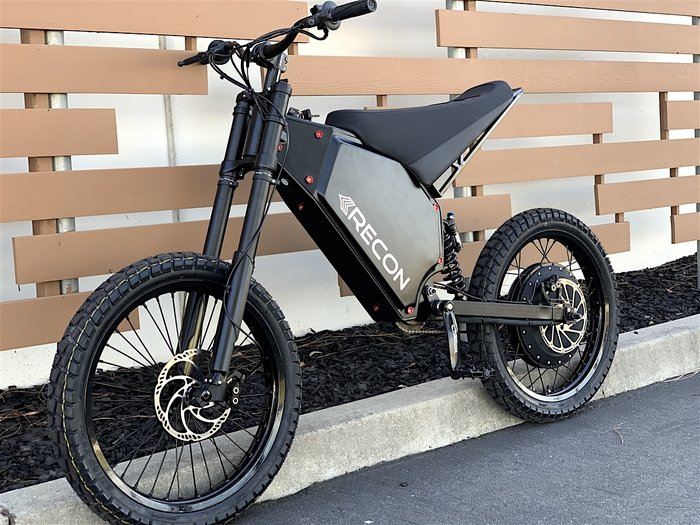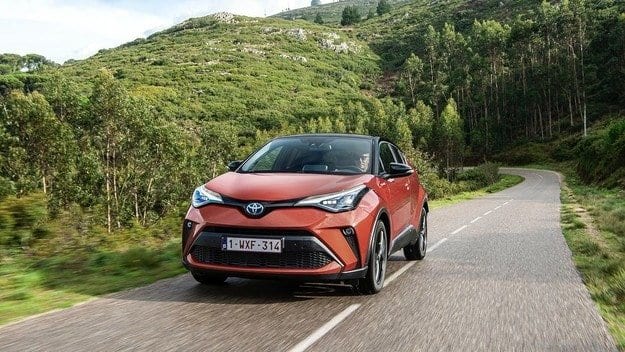
Test drive Toyota C-HR: Sharpening the blade
Content
Driving an updated version of Toyota's compact design crossover
Toyota has given its C-HR model a facelift to give the model a more powerful hybrid drive. We meet a new version with 184 hp.
C-HR made its market debut in 2017 and made a splash. Of course, the design of the model was the main reason for this success. Since Toyota's hybrid powertrains have long had a fan base, only the C-HR (short for Coupé High Rider) adds really interesting styling to the typically European range of Japanese quality.
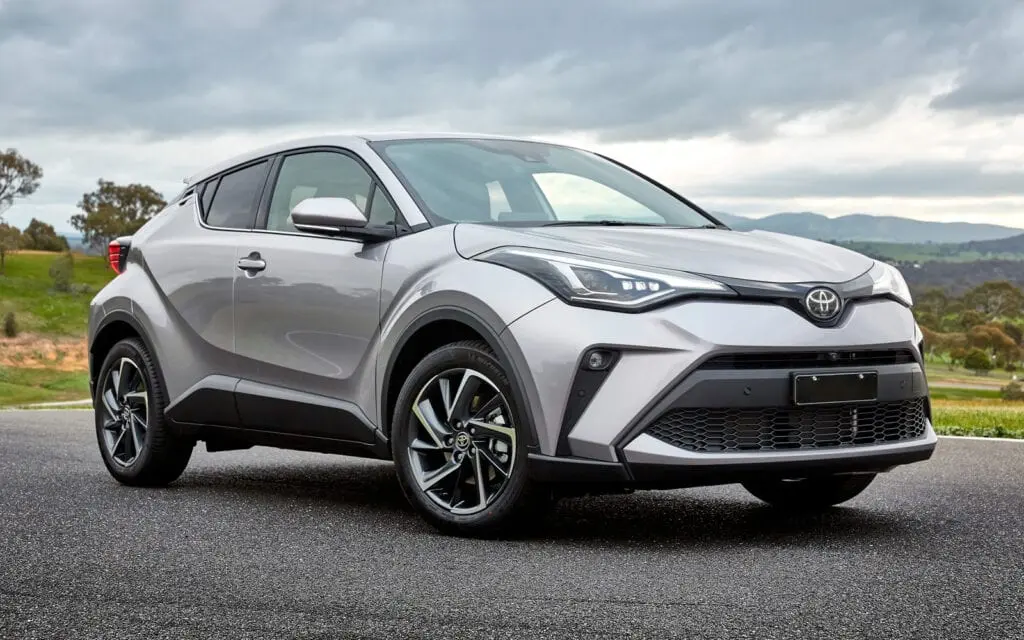
According to polls, 60 percent of buyers of this Toyota model chose it because of the design. As they said then, C-HR has finally become a European Toyota, which people like because of the design, and not in spite of it.
The layout changes have been made very carefully and are limited to a redesigned front bumper with increased ventilation and offset fog lights, new graphics for the front and rear lights, a slightly redesigned rear end and three fresh additional colors. The C-HR remains true to itself, and pre-facelift owners don't have to worry about being outdated.
News under the hood
What's even more interesting is hidden under the hood. The current drivetrain from the Prius is still on offer, but the truth is it doesn't fully live up to the sporting promises made by the arrival of the C-HR. From now on, however, the model is also available with the company's new hybrid powertrain, which we already know from the new Corolla and bears the dramatic name "Hybrid Dynamic Force-System".
It has a two-liter engine instead of the usual 1,8-liter engine. The petrol unit is paired with two electric motors, the smaller of which works primarily as a battery generator and is used to start the engine. The larger one provides electrical traction for the drive.
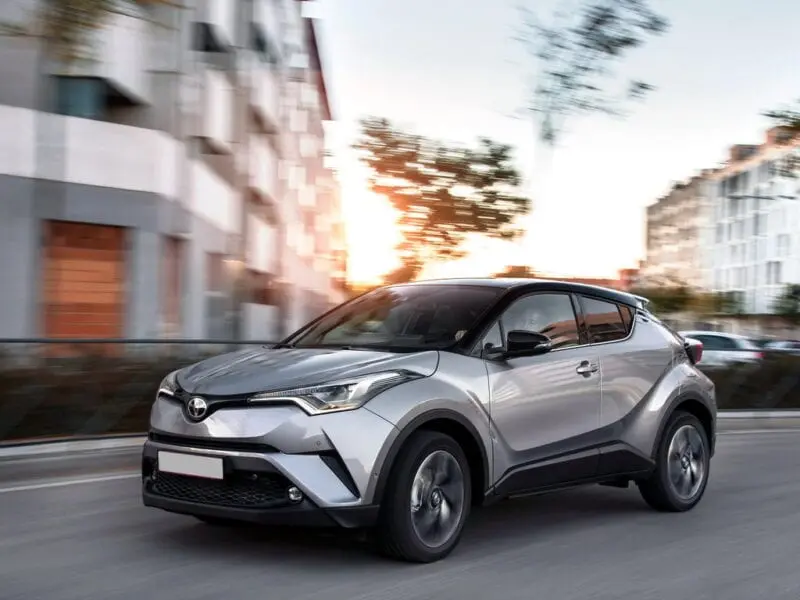
Among the distinguishing features of the gasoline engine is an unusually high compression ratio of 14:1. Toyota proudly claims it is the most thermally efficient internal combustion engine in the world. The four-cylinder engine has a maximum output of 152 horsepower, while the electric drive is 109 hp. Under optimal conditions, the power of the system is 184 hp. It sounds much more promising than the modest 122 hp. 1,8 liter version.
New battery
The batteries for the model have also been replaced. The 1,8 liter version received a new compact lithium-ion battery with slightly increased capacity. The two-liter version is powered by a nickel-metal hydride battery, and Toyota is focusing on a new powertrain in the C-HR that's lighter and more efficient. In addition, the two-liter model's steering and chassis settings are sportier than other C-HR versions.
Sports ambitions? Let's start with the strengths of C-HR - the fact, for example, is that, especially in the city, the car runs on electricity a very large percentage of the time. It is also a fact that with a typical urban driving style, the Toyota C-HR 2.0 ICE costs about five percent, even less with more careful handling of the right pedal (if you press hard, the engine starts).
And one more thing - how the 184 horsepower of the “hybrid dynamic power system” behaves. We step on the gas and get what we are used to seeing in other hybrids of the brand equipped with a planetary transmission - a sharp increase in speed, a sharp increase in noise and good, but somehow unnatural in terms of subjective sensation, acceleration.
8,2 seconds is the time during which the car accelerates from standstill to 100 kilometers per hour, which is almost three seconds less than the weaker version. When overtaking, the difference between the 1.8 and 2.0 variants is also obvious, with a serious advantage, of course, in favor of the latter. And yet - if you expect an exciting experience with every step on the gas, you will only be partially satisfied.
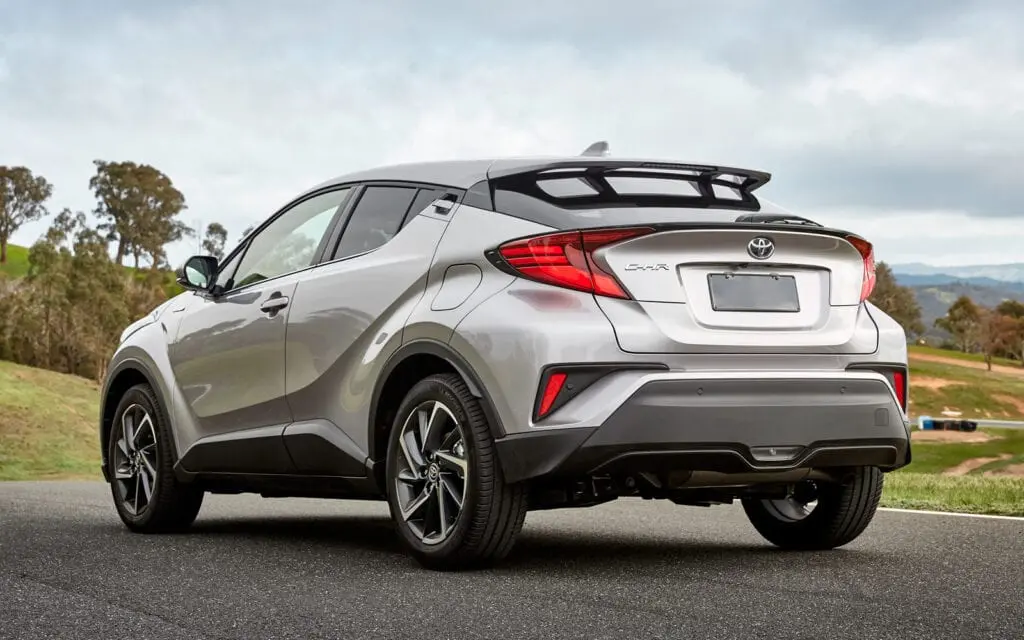
Road handling is one of the big selling points of the C-HR, because the model is both quite agile and pleasantly comfortable without being soft. Some getting used to requires working with the brake pedal, as the transition from electric braking to conventional is somewhat difficult, but after some practice this ceases to be an obstacle.
Dynamic outside, not very spacious inside
We clarified that the Toyota C-HR is not exactly a sports model, it's time to say something else, that this is not quite a family car either. Space in the rear seats is quite limited, access to them is also not the most convenient thing to find on the market (mainly due to the sloping rear roofline), and the small rear windows combined with the wide C-pillars look great on the outside, but create rather muted feeling. But for two people in front, and maybe if you need to get someone in the back for short distances, the car will do just fine, which is its purpose.
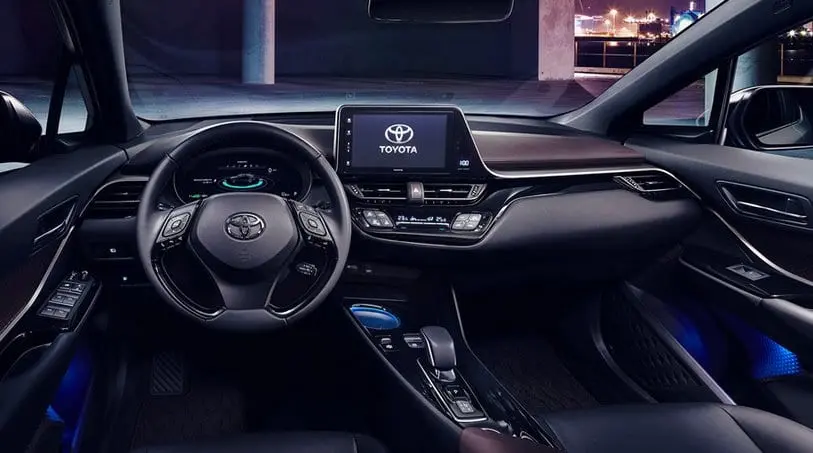
As standard, Toyota is equipped with a modern multimedia system with Apple Carplay and Android Auto, climatronics, LED headlights, Toyota Safety-Sense and many other modern "additions", while the quality of materials in the interior is significantly improved.
Conclusion
The Toyota C-HR now looks even more modern and design will undoubtedly remain a major selling point in the model's favor. The more powerful hybrid drive is significantly faster than the previously known 1,8-liter version, while keeping urban consumption low. The road behavior is a good balance between dynamics and comfort.

